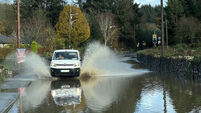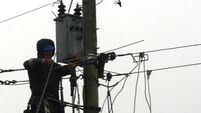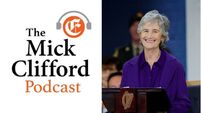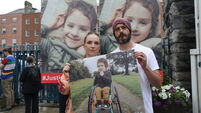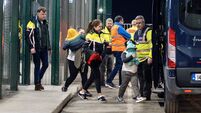Travelling to a heatwave zone with kids? Here's everything you need to know
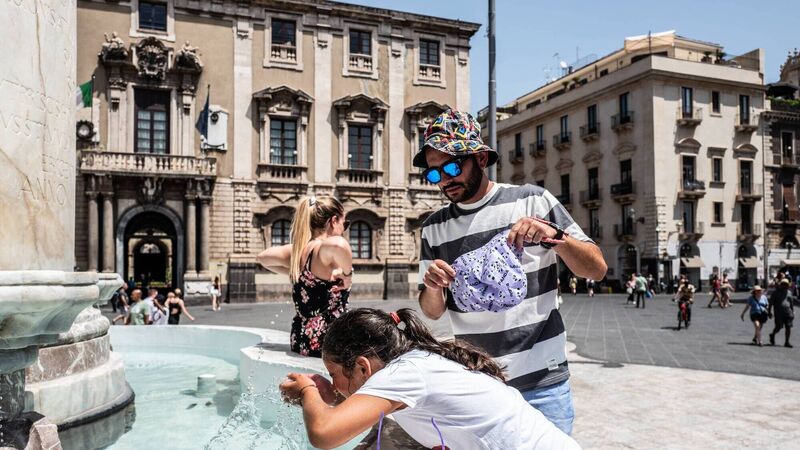
Temperatures of 48C are predicted in Italy next week. Picture: Fabrizio Villa/Getty Images
When you booked your holiday in Europe in the depths of winter or the chilly spring, you had no way of knowing that ‘Charon’ was on the way. This is the name that has been given to the heatwave that has settled over much of Spain, Greece, Italy and Croatia.
Temperatures of 48C are predicted in Italy next week. If you are travelling with smallies, you might be concerned about the possibility of them overheating in temperatures that are about double what they would experience on a fine summer’s day here in Ireland.
Thankfully, there are ways to keep your little ones safe from the expected high temperatures. There are three main things to consider. Keeping cool, keeping hydrated, and staying protected from UV sun rays.
Babies and children can overheat easily because they can’t regulate their temperature as well as adults. You can help them keep their cool by dressing them in loose clothes made of natural materials like cotton, linen or bamboo. Light colours are best, as they do not absorb the heat as much as dark clothes do.
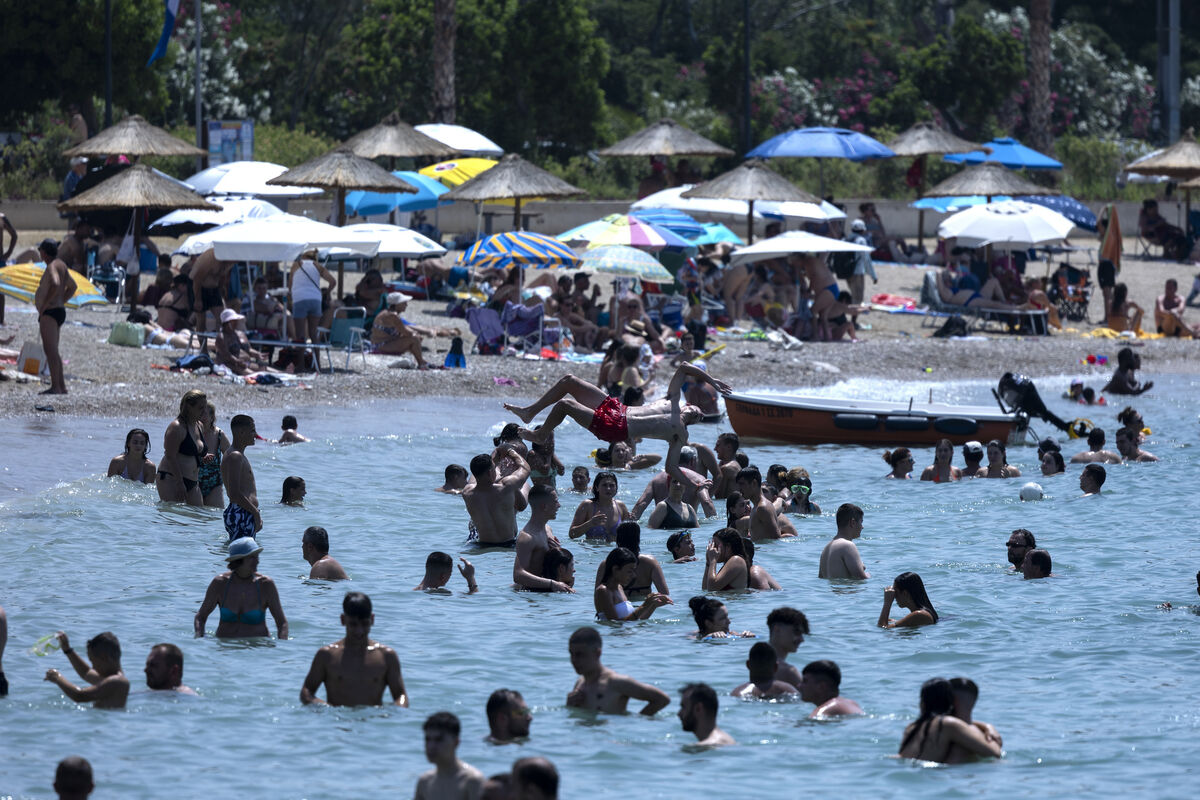
Avoid being too active in the height of the heat during the day. This is usually between 11am and 3pm. Water is a great way to help your baby or child to cool down, either with a carefully supervised dip in the pool or the sea, a cool bath, or even just spraying them with cool misted water.
A good tip is to bring a room thermometer with you for bedtime. If the temperature is above 27C in the bedroom, then babies should sleep in just a nappy, or a nappy and a light vest. If you have a fan, do not point it directly at babies or children, as this can cause shivering, which will just heat them up even more.
Instead, have a fan in the corner, with a bowl of ice or a bottle of frozen water in front of it, so it blows cooled air into the room. Babies and young children who are overheating will not be able to tell you how hot they feel, so here are some signs to look out for:
- Feels hot (with or without a fever);
- Looks flushed or red, is sweating or has damp hair (though keep in mind that babies can be overheated without sweating);
- Acts fussy or restless has an elevated heart rate (tachycardia);
- Seems overly tired, sluggish, or listless appears confused, weak, or dizzy feels nauseous or is vomiting.
Keeping your baby or child well hydrated is essential in helping them to deal with extreme heat. It is a good idea to document how many wet nappies they have in a day, or how many times they wee, before you head away to hotter climes.
That way, you will know what your child’s normal baseline urine production is. This is important because a key sign of dehydration is passing less urine.
So, if your baby has on average six wet nappies a day, and that drops back to three wet nappies, they are probably dehydrated. Pay attention to the colour of the urine also. It should be pale or straw coloured. Dark urine is a sign of dehydration.
For babies under six months, offer more breast milk or formula if they are showing signs of dehydration. If you are breastfeeding, make sure you are drinking plenty as well, to keep your supply up. Babies over six months can be offered sips of cooled boiled water also.
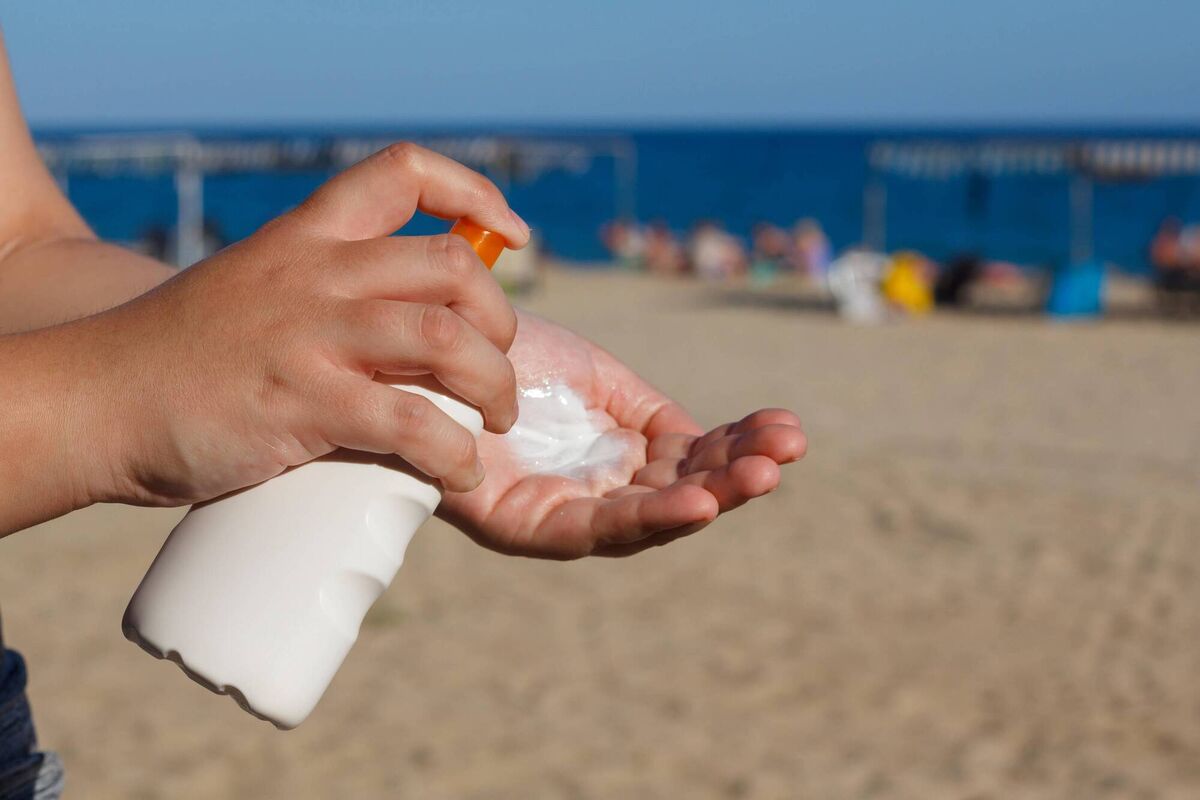
Last, but not least, it is very important to protect your child from UV rays and sunburn. In the short term, sunburn is painful and very unpleasant. In the long term, even a single blistering sunburn in childhood or adolescence more than doubles the risk of melanoma in later life.
Babies under six months should be kept out of direct sunlight. Never cover their buggies or prams with a blanket or sheet for shade, as this can cause dangerous overheating. Instead invest in a little parasol shade that attaches to the buggy or pram.
Over six months, if your baby or child is going to be in direct sunlight. use factor 50 sunscreen with UVA and UVB protection on all exposed parts of skin. Don’t forget their ears! It is a good idea to patch test the sunscreen before you head away to the sun, in case they are sensitive or allergic to what you have bought.
When going into water, ideally, dress them in UV protective swimwear with long sleeves. Use a broad brimmed hat that protects their face, ears and neck. Reapply sunscreen after every single dip in the water. If not going in the water, reapply every two hours.
If you follow these tips, even ‘Charon’ won’t spoil your fun when you are away. Remember, keep an eye out for heat stress, dehydration, and sunburn. Take it easy. Don’t go out in the height of the heat. And remember your European Health Insurance Card or travel insurance so you can seek medical attention if you have any concerns about your baby or child whatsoever
- Dr Niamh Lynch is a consultant paediatrician
Read More
Check out the Irish Examiner's WEATHER CENTRE for regularly updated short and long range forecasts wherever you are.




